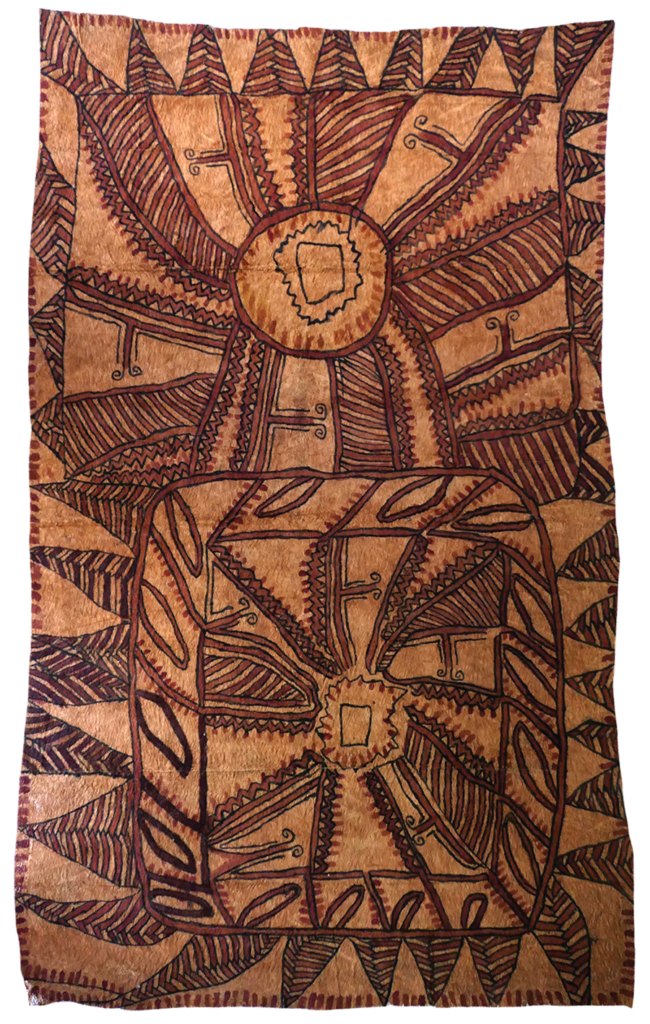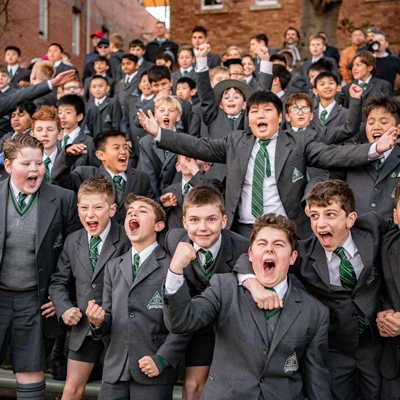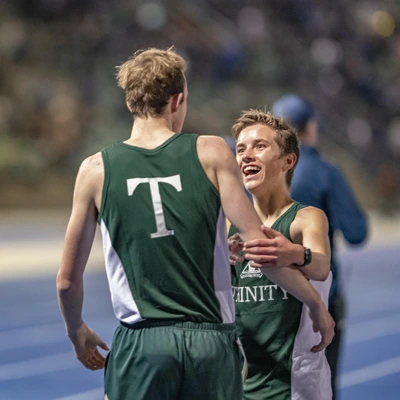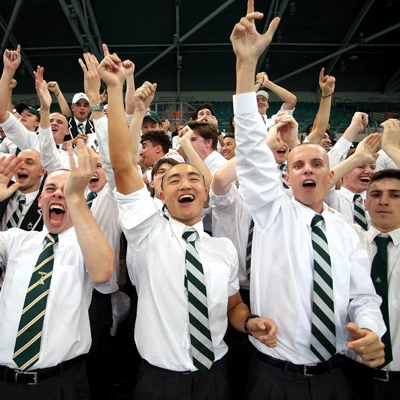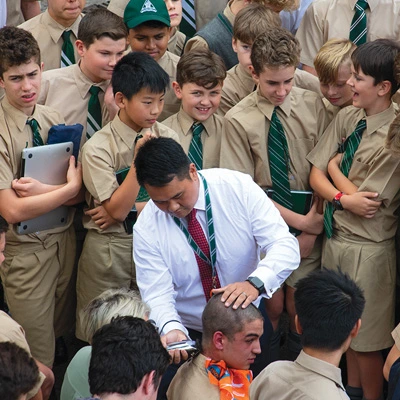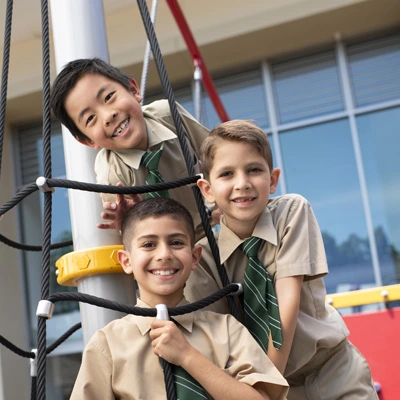The Secret Language of Mountains: The Art of Isawdi introduces one of the most significant Ömie artists from remote southeastern PNG to Australian audiences. Curated by Brennan King, manager of Ömie Artists Inc and close friend of Isawdi’s, the exhibition includes over 30 rare works on paper, together with important barkcloth paintings created from 2010 to 2018. It follows Delmar Gallery’s first exhibition of Ömie art held in 2020, Where Clouds are Spirit Parrots.
Closing weekend: 12 & 13 March, 12pm – 5pm
Drawing in Focus event in partnership with Adelaide Perry Gallery: Saturday 12 March 2pm – 5pm
In 2012, Isawdi presented her local art centre in Papua New Guinea with a most unusual consignment. She had obtained a schoolbook from her granddaughter and filled it from cover to cover with drawings in biro. They were drawn fast, with palpable urgency. Then in her eightieth year, Isawdi felt time was running short to pass on her encyclopaedic knowledge of Ömie cosmology, culture and history.
She requested the art centre provide her with another exercise book, paper and drawing materials. Supply of barkcloths for painting was seasonal, and she didn’t wish to lose any time. She drew many designs she had not previously painted, and in so doing, created irreplaceable documents of Ömie art. These drawings and key barkcloth paintings are the subject of this exhibition.
Born around 1933 in one of the most remote Ömie villages in mountainous south-eastern Papua New Guinea, Isawdi was taught nioge (barkcloth) painting from a young age. Her teachers – her sister, mother and grandmother – were exceptionally skilled painters and her father was the Dahorurajé clan chief, from whom she learnt the Ömie creation story, clan histories and sin’e sor’e (tattoo designs) of the Ujawé initiation rite.
Amidst the disruptions that the twentieth century brought to Ömie culture, Isawdi strove to uphold the tradition of barkcloth painting and its complex iconography, and became one of their most significant artists.
In his essay on Isawdi’s life and work, King writes:
“There is an animal that can be seen in a number of Isawdi’s paintings and drawings. It is known as a jubujé—a small to medium-sized nocturnal marsupial that lives high in the mountains. Ömie people used to hunt, trap and eat the jubujé. When I asked her why she painted that animal she replied, “That is me!”. I was confused, so I asked her again what she meant and she said with a big smile on her face, “That is me because my hand paints fast!… just like the jubujé hunts through the trees!” She made a quick brushstroke gesture with her hand. The jubujé was Isawdi’s self-chosen totem animal and became her idiosyncratic artist signature.
“Her mind was a bounty of ancient Ömie knowledge. Combined with that wisdom, she had a boundless imagination, as well as the skills of a true master painter to execute her visions with precision. Despite her quiet modesty, she was truly a force of nature in every regard. She spoke through her paintings. They are where she poured all her wisdom. The tender voice of the love she has for her country, culture and people is the essence held within them.”
Presented by Delmar Gallery in association with Ömie Artists Inc and ReDot Fine Art Gallery, Singapore.
Exhibition dates: 12 February – 13 March, 2022
Exhibition floor talk: Sunday 27 February, 2.30pm, with Ömie Artists manager, Brennan King
Free admission
images: Isawdi, Matabut’e ohu’o mi’e ija ahe – Turtle shell pendants and animal bones, ink on schoolbook paper, 22.5 x 17cm. Courtesy of Ömie Artists.
Isawdi, Misa’eje clan story of the brother and sister discovering the Kunnoo”ino tree 2014, natural pigments on nioge (barkcloth), 100 x 63.5cm. Courtesy of Ömie Artists.



